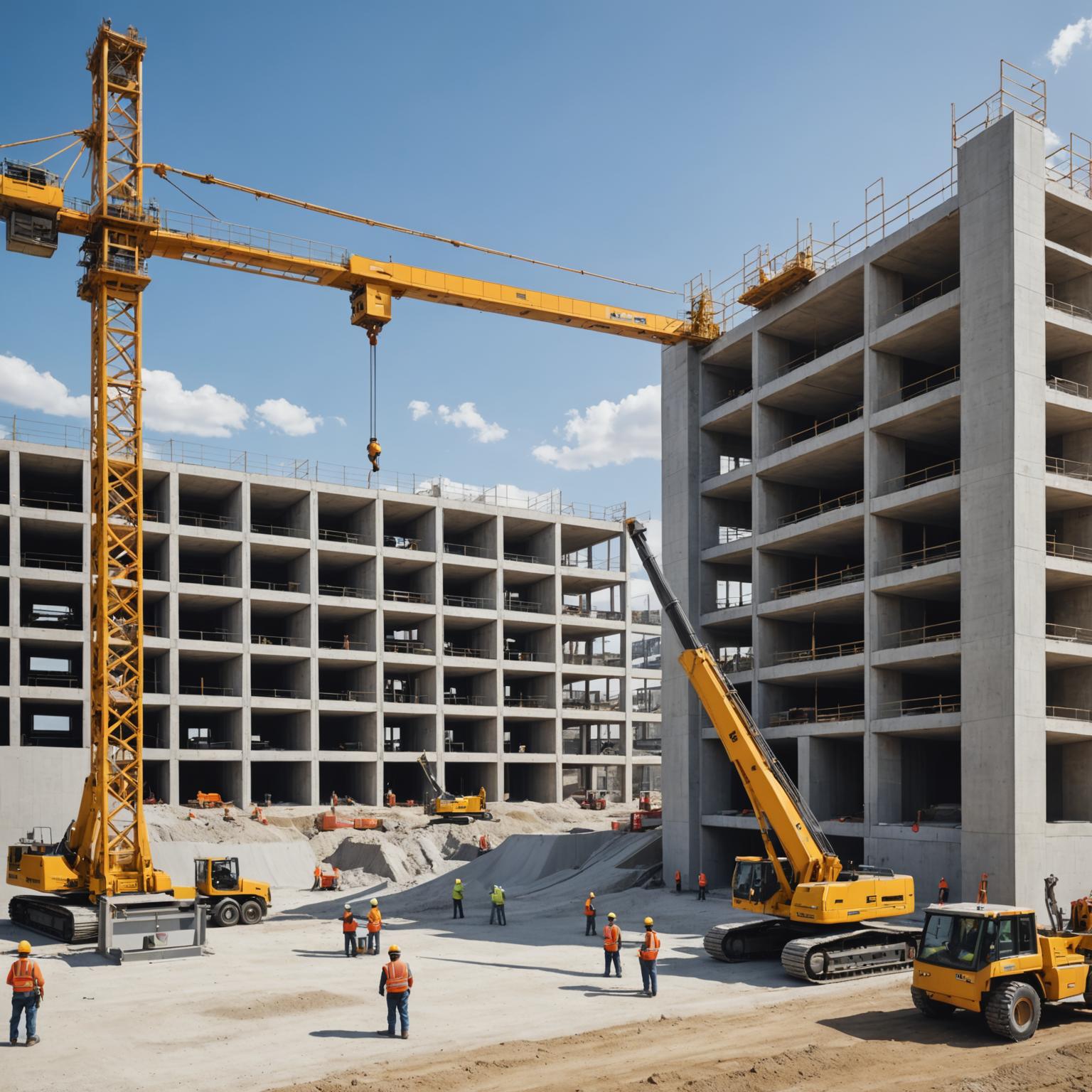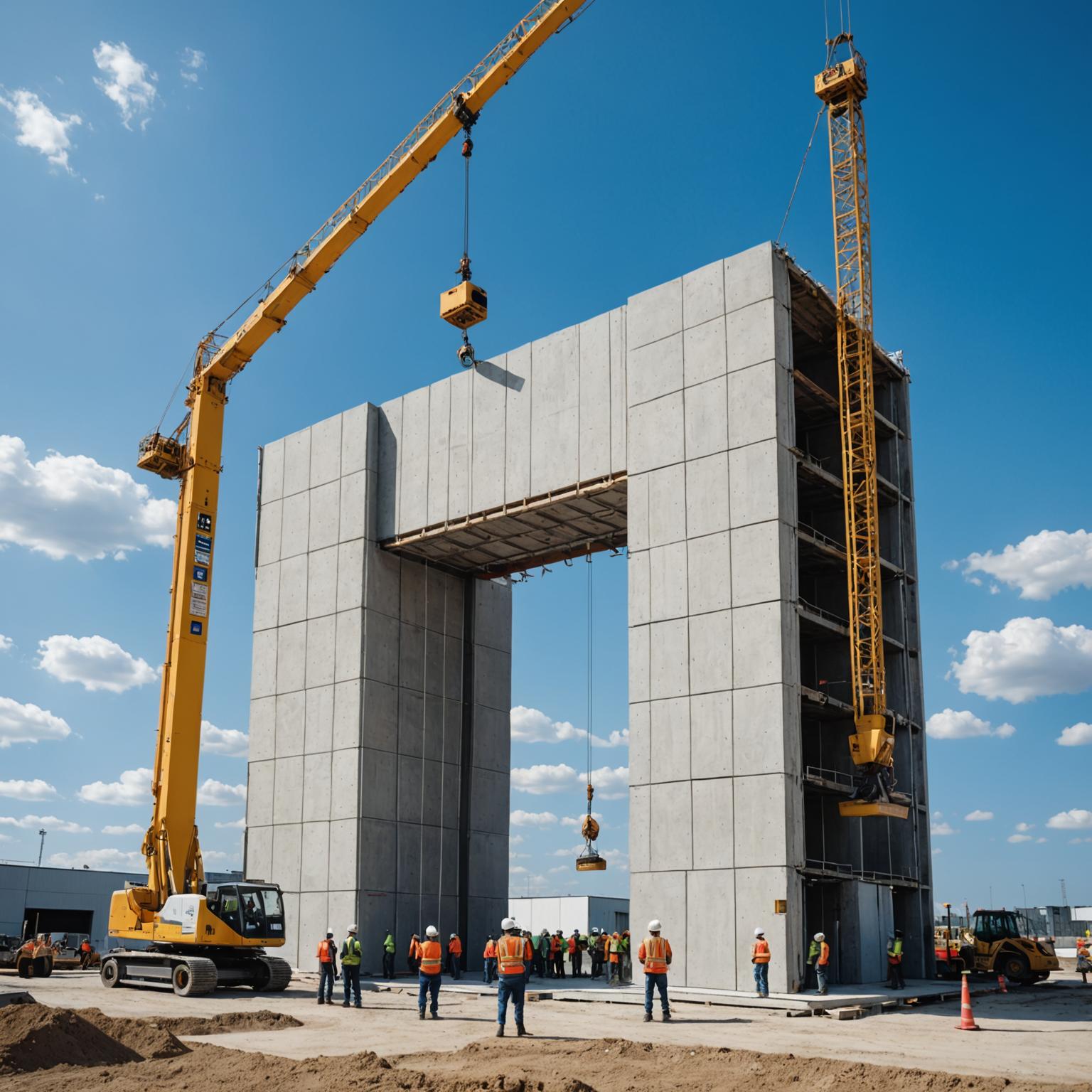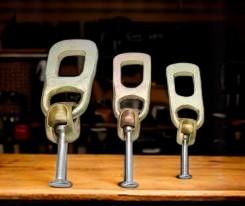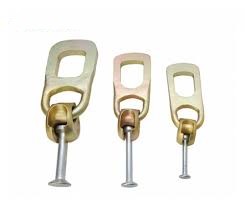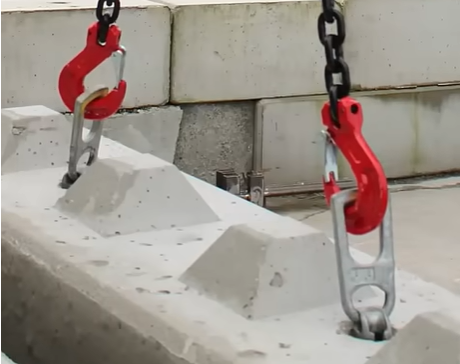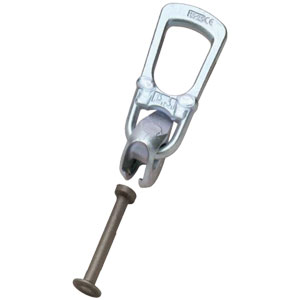Introduction to Lifting System for Precast
Precast concrete construction has gained immense popularity in recent years due to its efficiency, durability, and cost-effectiveness. An essential component of precast construction is the lifting system for precast, which enables precast elements to be safely and effectively handled during the manufacturing, transportation, and installation phases. A robust and reliable lifting system ensures the smooth progress of projects while prioritizing worker safety and structural integrity.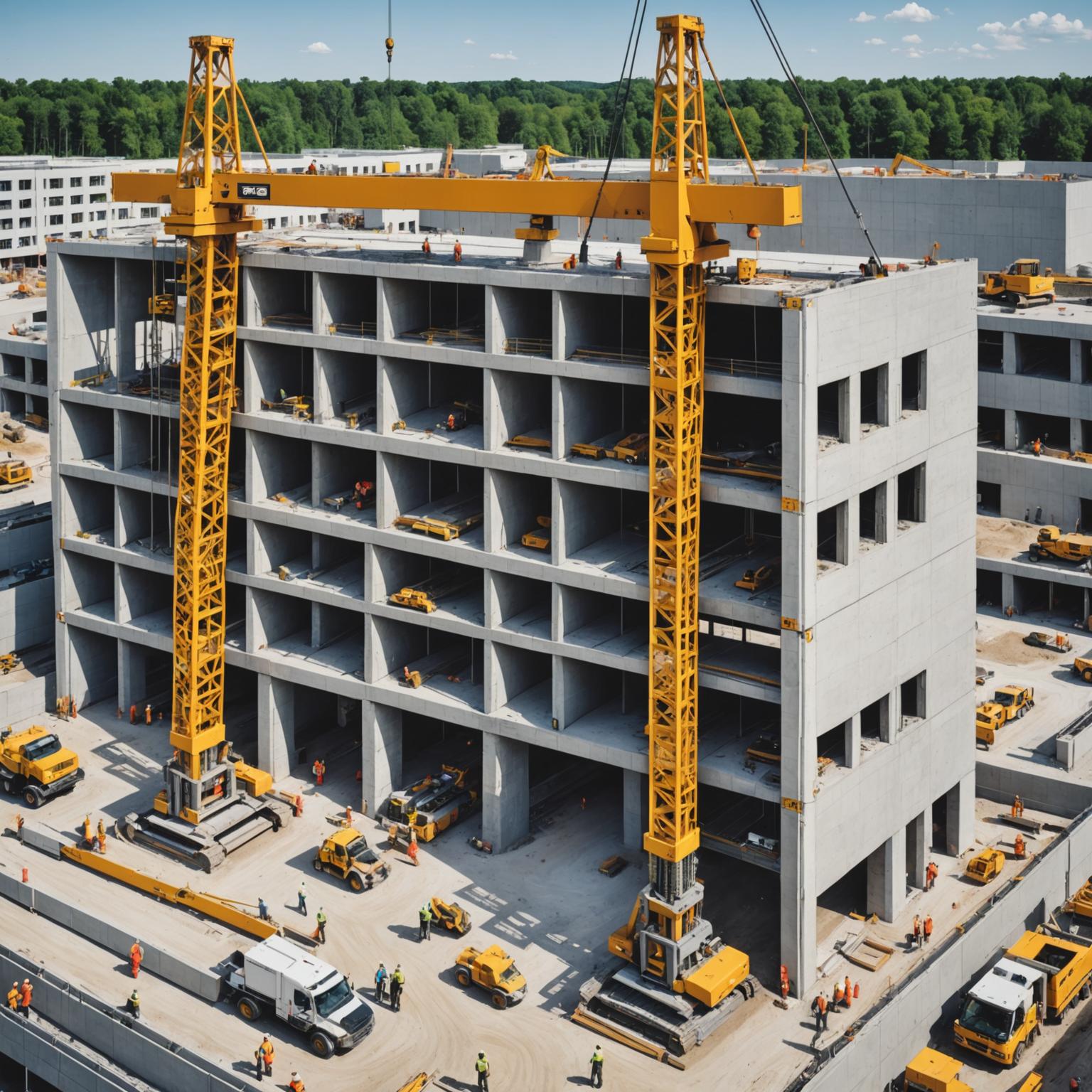
Key Features of a Precast Lifting System
A well-designed lifting system for precast incorporates several key features to meet the needs of modern construction. Firstly, such systems are built to handle heavy loads, accommodating elements such as beams, panels, slabs, and columns. Strength and adaptability are paramount qualities, as precast components come in various shapes and sizes.
Safety is another critical feature. Precast lifting systems utilize advanced technology like secure fasteners, adjustable slings, and specialized attachments to prevent accidents and ensure precise handling. Furthermore, regular inspections and compliance with safety standards are necessary to avoid defects or malfunctions during lifting.
Benefits of Using Precast Lifting Systems
The lifting system for precast offers a wide range of benefits. By streamlining the handling process, it significantly boosts efficiency, thus reducing the time spent on project execution. This improved productivity has direct implications for cost savings, particularly when deadlines are a top priority.
Moreover, lifting systems play a vital role in minimizing structural damage to precast elements. Specialized equipment ensures that corners, edges, and surfaces remain intact during handling, preserving the quality and longevity of the components. This accuracy helps reduce waste by securing proper alignment during installation.
Applications of Precast Lifting Systems
Precast lifting systems find their application in various industries, including infrastructure, residential projects, and commercial spaces. Bridges, tunnels, and stadiums often employ these systems to maneuver massive precast pieces, while home builders use them for both single-family houses and multistory apartments.
The adaptability of lifting systems for precast makes them indispensable for modular construction, where components need swift and secure assembly. Whether dealing with horizontal positioning of floor panels or vertical installation of wall segments, these systems cater to diverse construction requirements.
Conclusion
The lifting system for precast is an integral element of modern construction. Its ability to optimize efficiency, ensure safety, and enhance precision makes it an invaluable solution for industry professionals. The development and application of advanced lifting systems continue to evolve, aligning with the increasing complexity of projects and the demand for sustainable building practices. Choosing the right lifting system can make all the difference in creating durable, high-quality structures that stand the test of time.


